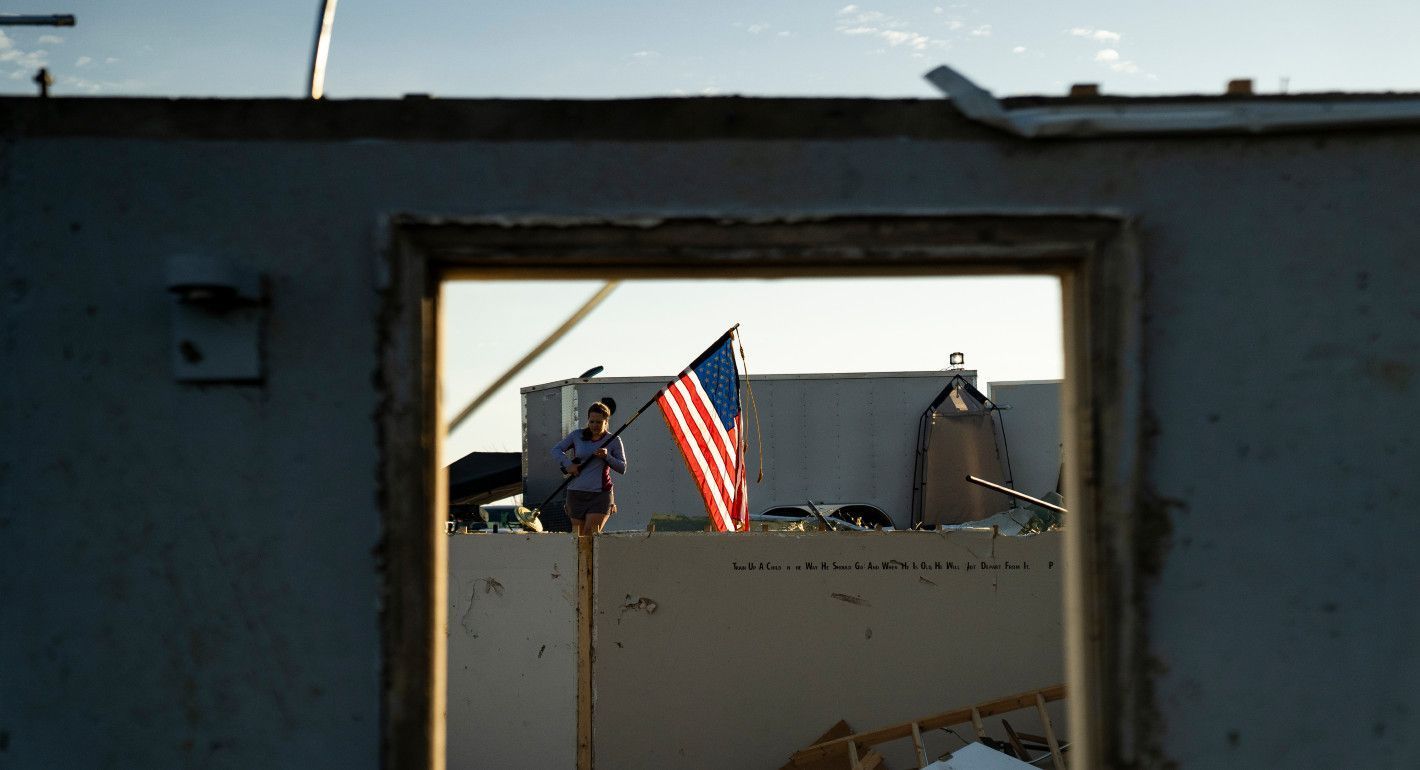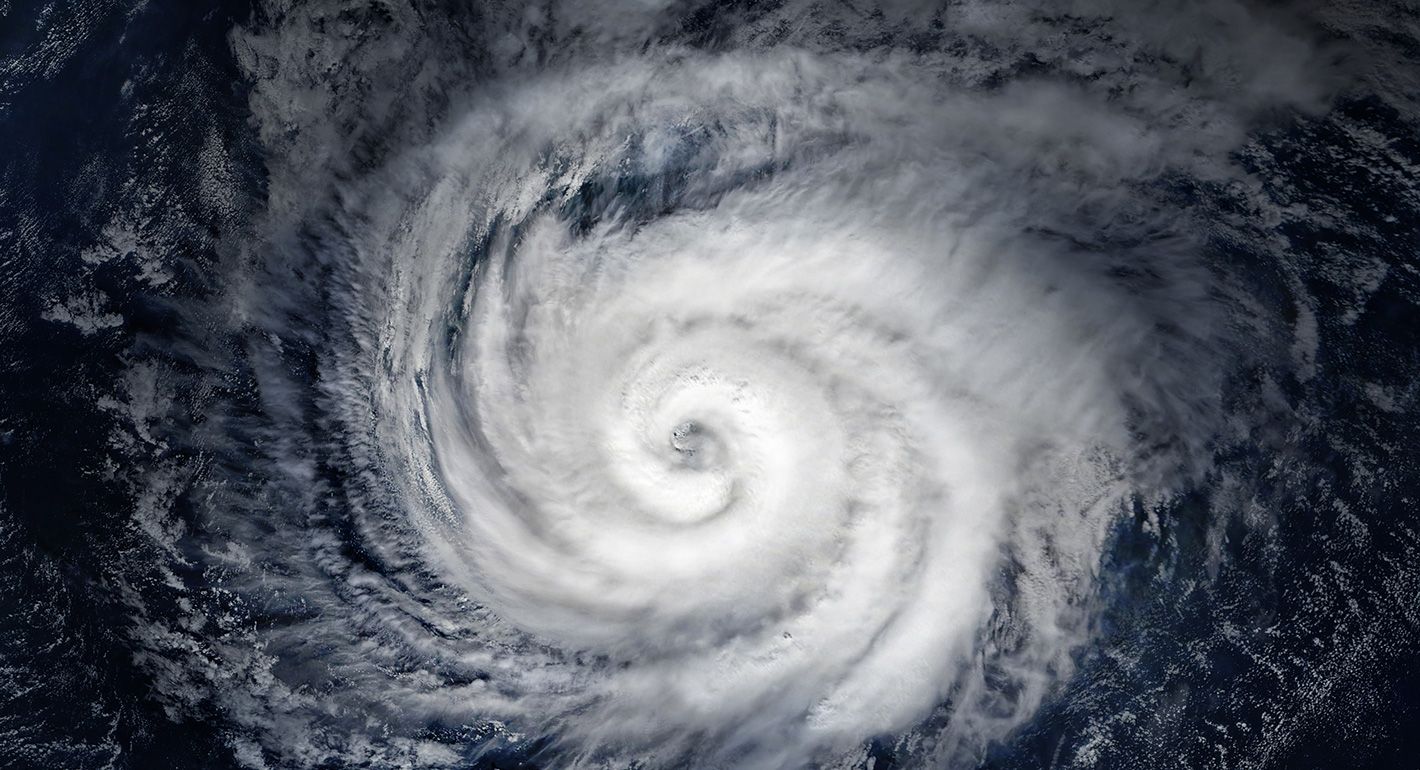In the context of a very grim picture for hurricane season 2025, we’ve updated the Disaster Dollar Database with a new interface and fresh data, for disasters through May 2025.
Going forward, we aim to update the DDD twice a year—in June and December, the beginning and end of hurricane season. We’ll also update it if Congress makes an emergency appropriation for disaster recovery through the Department of Housing and Urban Development’s Community Development Block Grant Program for Disaster Recovery (CDBG-DR).
To make improvements to the interface, we consulted with disaster survivors, advocates, and researchers about how they’re using the data. They told us that they’re screenshotting the data, so we made a fact-sheet generator to give users more control over the information that’s relevant to them. We also heard that people are using the data to compare recovery funding for similar kinds of disasters—for example, comparing the LA wildfires in January to previous fires, in order to understand how many people applied for assistance or how much funding individuals typically received. In the new interface, you now can select disasters by type.
When we launched the database, one of the tools we were especially excited about was the index of HUD grantees. In the spreadsheet version of the data, you can find the state, local, tribal, or territory government that received funding from HUD for disaster recovery, along with the specific disaster webpage. People weren’t finding this data, so we’ve made it more visible in the fact-sheet generator.
One line of inquiry we’re following is a possible rise in AI-generated fake FEMA applications that may be pushing the numbers of valid FEMA applications artificially high for recent disasters. We’re evaluating the evidence and looking for alternative metrics in the OpenFEMA dataset that give us insight into how many people are seeking assistance. In the December update, we’ll report back on what we’ve found.
If you’re finding this data useful or have ideas for how to improve it, we’d love to hear from you. Email us at climate@ceip.org. In an unpredictable policy and funding environment for disaster recovery, our goal is to create practical tools for people living through disasters and rebuilding their communities in more resilient ways.






